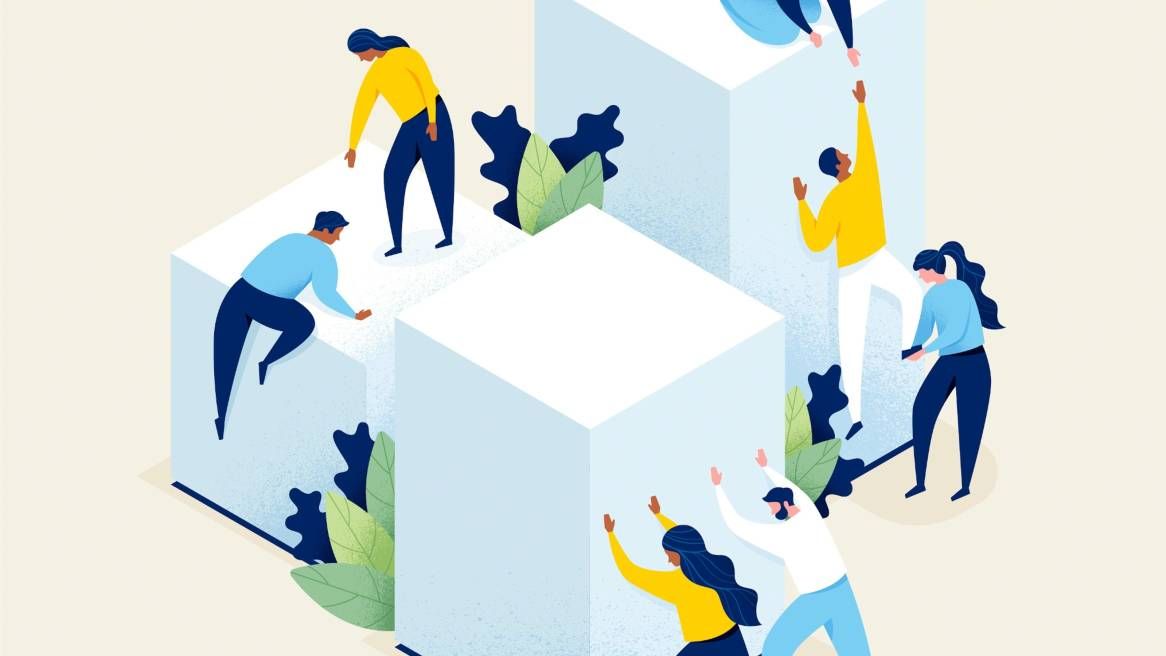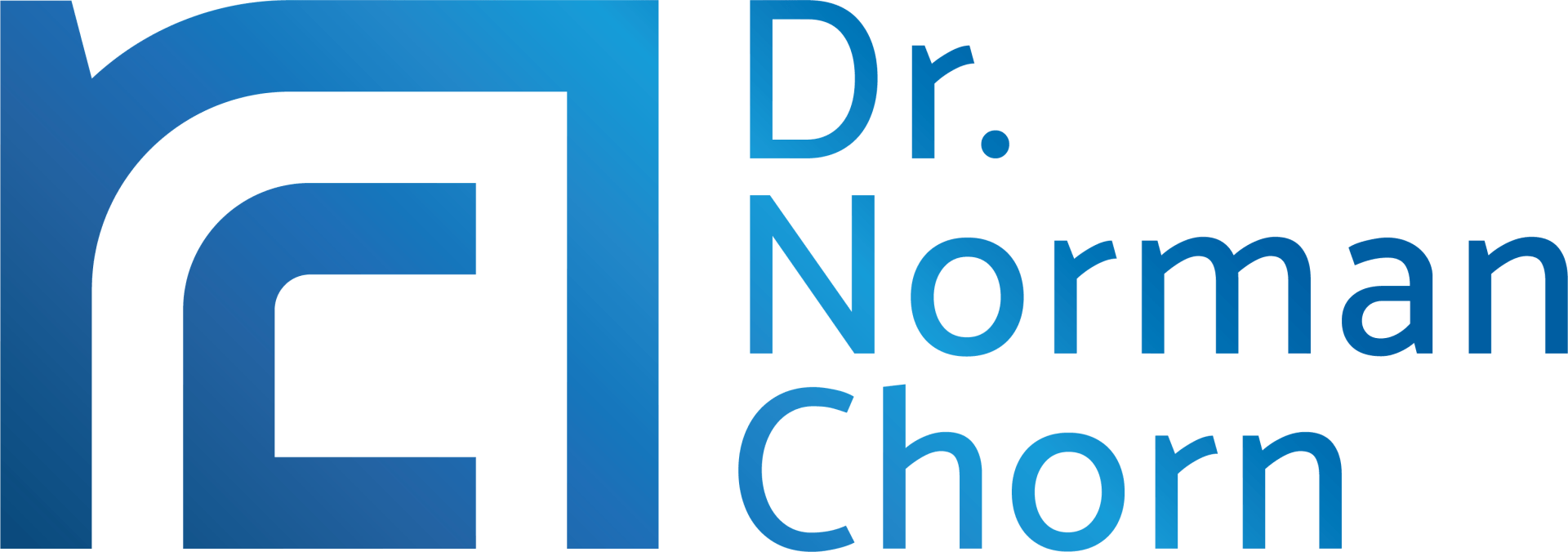HOW CAN ANTI-FRAGILITY WORK FOR YOU AND YOUR ORGANISATION?
WE KNOW THAT CHANGE IS CONTINUOUS AND DISRUPTIVE
It is almost a cliche that the global context will continue to disrupt both our personal and business plans for the foreseeable future. How do we prepare ourselves and our organisations for these conditions?
My recent research and writing has addressed the need to move beyond our current understanding of resilience — and to shift our attention to developing anti-fragile practices in our lives and organisations.
Anti-fragile is the way we design our lives and organisations — to enable us to learn, grow and get better as a result of disruption.
Some common examples of anti-fragility are:
- The human brain: Our brain builds capability by eliminating those behaviours that produce negative outcomes (burning your hand near a fire) — and favouring those practices that produce positive outcomes
- Markets: The market teaches firms how to learn from experience and to observe the failure of other competitors. This shows firms how to improve and get better. Only the fittest survive.
WHAT PRACTICES PROMOTE ANTI-FRAGILITY?
I have outlined six principles that assist in becoming anti-fragile. In each case, these can be applied for individuals and organisation. These practices can increase your ability to prepare for and learn from disruption — and enable you to get better as a result.
- Implement redundancy in selected cases
As individuals, we should be wary of allowing our job to define who we are. This is too narrow and incomplete a definition. Instead we could cultivate outside interests and hobbies, develop a bigger circle of friends and, if possible, try to develop alternative sources of income. This wider support system will be invaluable during periods of severe disruption and change. It may not be apparently useful at present — but it could become a real saviour later.
Organisations, on the other hand, could explore the traditional view that capacity can be as important as efficiency in certain areas. Where a process has been optimised for efficiency — for example, where you maximise capacity utilisation of an asset — you often lose the flexibility to adjust to unforeseen circumstances. Allowing some slack in your resources — below maximum capacity utilisation — provides an enhanced ability to respond to emergencies and change. A common example is the use of dual braking systems on trucks. The total efficiency of the system is low (because one of the systems is largely redundant for most of the time), but the braking system will still function when one of the systems fail. - Leverage human adaptability
For individuals, the focus is to emphasise our natural human quality of using feedback to make incremental improvements to the daily practices on which we spend our time. Do this consciously — try small ‘local’ experiments that won’t bring complete disaster to your daily routine if they fail. Keep doing this and eliminate the things that don’t work rather than searching for the ‘silver bullet’. This will ensure a continuous improvement in the way you go about your daily life.
Organisations are encouraged to give their people sufficient ‘elbow room’ to allow them to adjust to emerging situations in their jobs. A good example is Airbnb, where facility owners are encouraged to add their own personal touches to accommodation in an effort to position their property as a favoured venue. This has resulted in many attractive destinations from which to choose. Uber, on the other hand, provide little room for their drivers to improvise and adapt to unique demands and circumstances. This has contributed to a decline in popularity for the service. - Allow some ‘fuzziness’ between cause and effect
Individuals should not seek to eliminate all the randomness in their life. It can be tempting to create regular patterns in aspects of your life, for example, to use the same route to work every morning, and go to the same restaurant every Friday night. This eliminates the need for decision making and adjusting to new circumstances. But, getting used to coping with small, sudden changes to your schedule will build your ‘resilience muscles’ — and serve you well in cases of severe disruptive change.
Organisations are encouraged to design some of their processes and systems with multiple pathways and dependencies. They should plan for and allow small, local mistakes in parts of the system. This has a dual benefit. It not only reduces the risk of total system failure, but also allows the system to learn from the smaller errors, and then apply the learning for the benefit of the whole system. - Favour people with skin in the game
Individuals are encouraged to be wary of ‘expert advisors’ who specialise in giving advice, rather than ‘doing’. This is not to say that expert advisors have no value — it’s just that many of them get little direct feedback about the impact or effectiveness of the advice they give. Instead, we should favour advice from those who have skin in the game. Individuals who pilot aircrafts and bomb disposal squads are examples of those who get direct feedback about the quality of their work.
For organisations, this is about decentralising decision making as far as is feasible — to those who have first-hand knowledge and expertise about the issues at hand. Where this occurs, faster decision making and continuous improvement is promoted as these people get direct feedback from the decisions they make, and they can make incremental adjustments to the way they work. They have ‘skin in the game’. - Use non-linear thinking in complex situations
For individuals, this highlights the need to step back and allow more reflection time in situations that are new and challenging. With this approach, several options can be considered and weighed up. Importantly, complex situations generally involve high levels of uncertainty — and that generates a range of future possibilities. Effective thinking in these situations means that you have recognise that different future outcomes exist, and you have to consider how you would deal with each of those.
Organisations should consider separating strategy processes from planning. Strategy is a learning process that integrates a number of perspectives in a non-linear fashion, while planning is a logical and linear process that seeks the ‘correct’ answer. It is best to conclude your strategic thinking (what does this really mean — non-linear) in a separate forum before undertaking the planning (what can I do about it — linear). Another important consideration is to change your strategy and planning templates and frameworks regularly. This ensures that you approach the thinking and planning freshly each time, rather than undertaking a compliance-type ‘tick the box’ exercise. - Build diversity in connections and sources of advice
Individuals should widen their network of relationships and seek advice from diverse sources. In particular, practice pitching your ideas to critical people and discussing your plans with people who hold very different views from you. People often seek advice from those who will give them the advice they want — but to improve your quality of thinking and decision making, you will need to seek more diverse opinions.
Organisations should take the opportunity of leveraging the intelligence from the whole of the organisation, particularly those with critical and contrarian views. Stakeholders with divergent interests and ideologies should be consulted. This practice will allow for a systems perspective and an understanding of the context for the decision. Both are required to generate better strategic options.
BUILDING ANTI-FRAGILITY
A number of these principles and associated practices may seem counter-intuitive. And they are — based on the assumptions of a linear world. However, the conditions in our world are changing at a logarithmic rate, and our thinking has to make the adjustment to more non-linear processes that are consistent with complex, uncertain conditions.
Processes such as ‘agile’, ‘lean’ and ‘continuous improvement’ should continue to become more anticipatory and move beyond mere efficiency and optimisation.
Anti-fragile does not pretend to be the silver bullet at this time, but it does give us pause to reconsider some of our favourite and popular “best practices”.
Subscribe to our regular articles, insights and thought leadership




